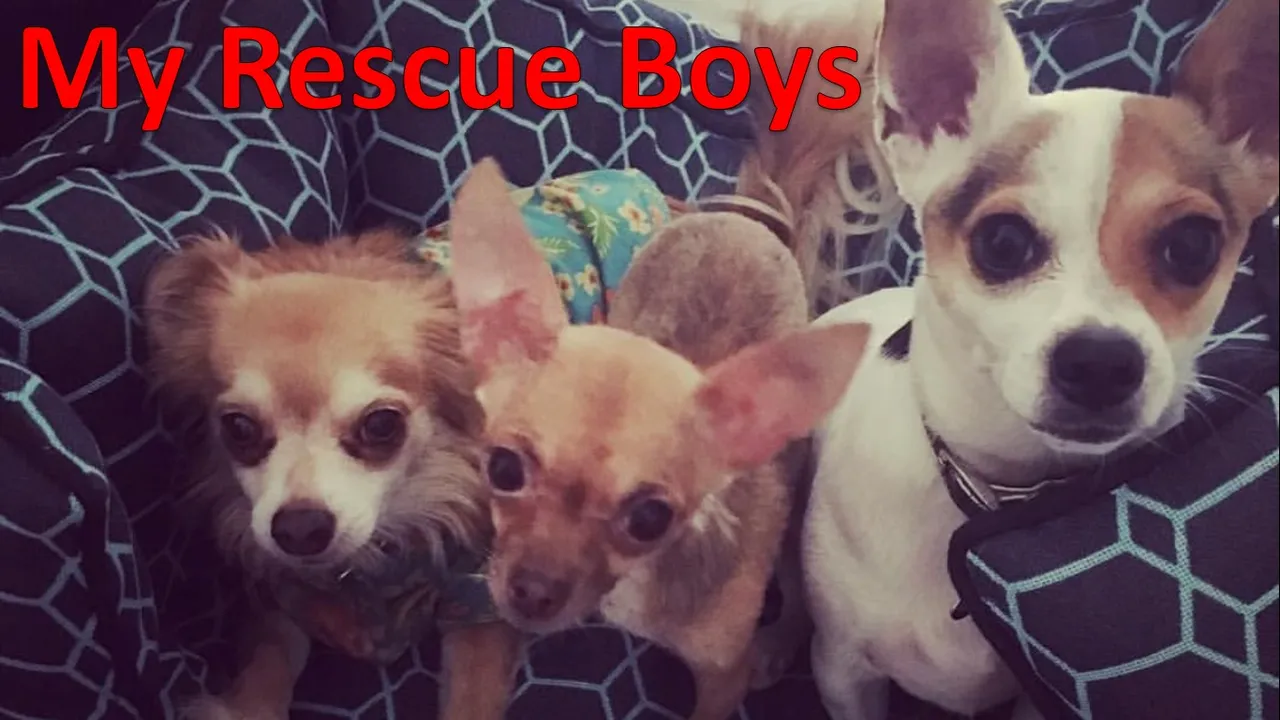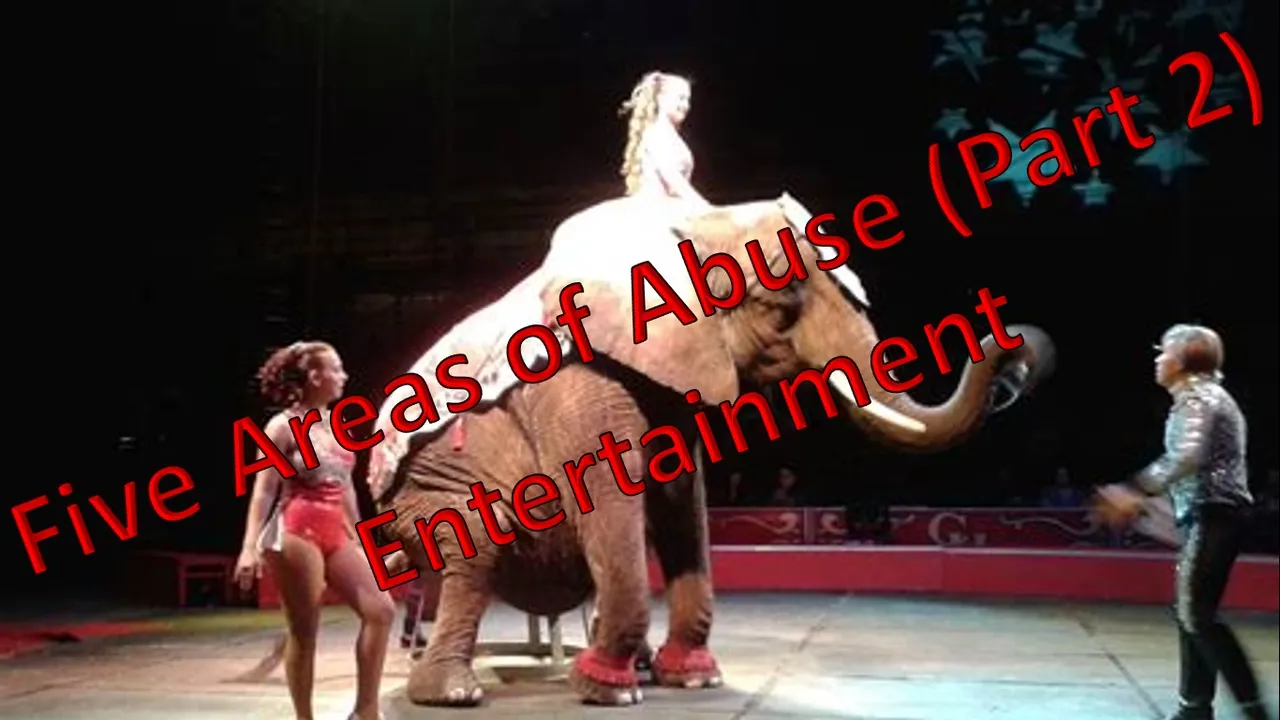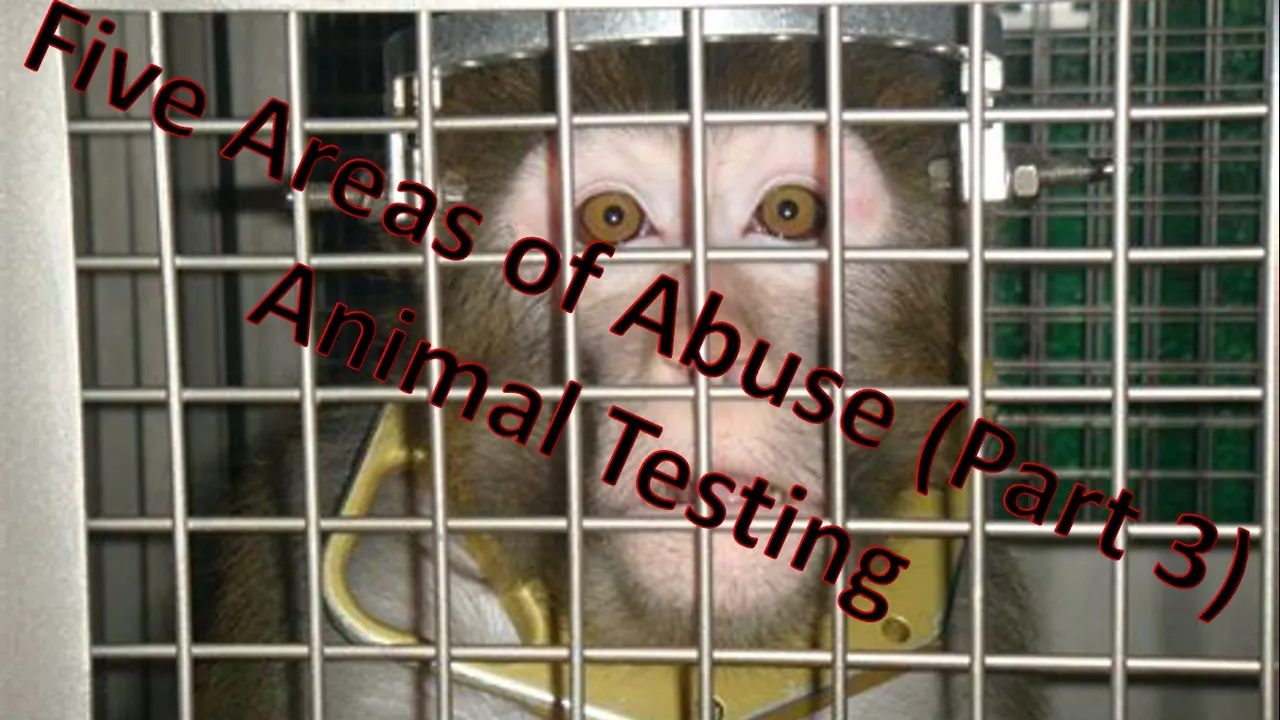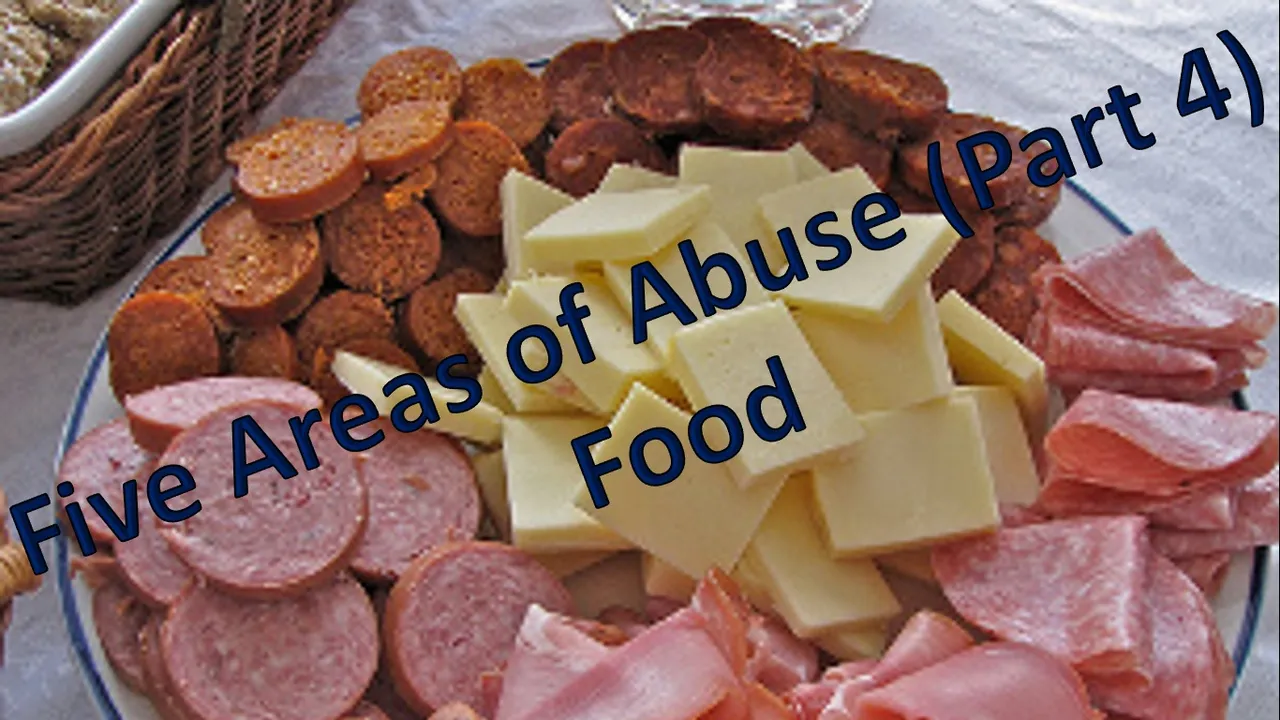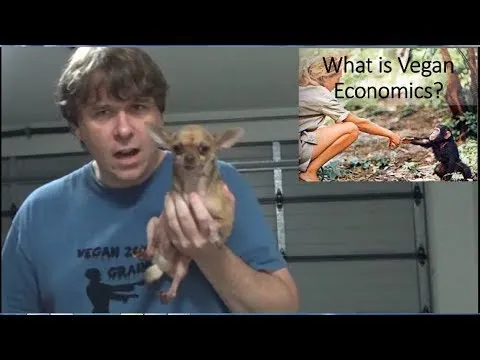Hi Everyone,
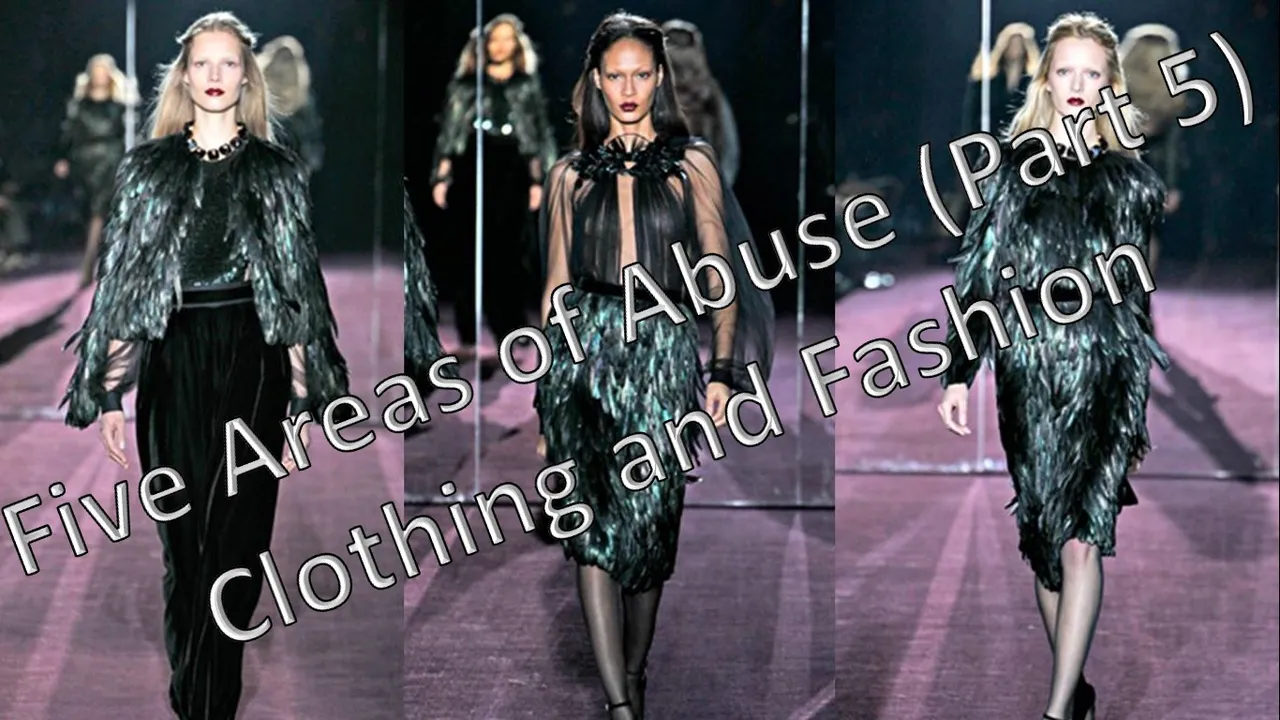
I have reached the final post in my ‘five areas of abuse’ series. This post will focus on clothing and fashion. The five areas of abuse are based on the five areas identified in the documentary ‘Earthlings’. These five areas are also an important part of my vegan economics journey. I have links to videos at the end of the post explaining what I mean by vegan economics.
Brief Recap
Before I get into abuse relating to clothing and fashion, I would to give you a quick recap of what I have covered so far. The ‘five areas of abuse’ focused on in this series are as follows:
- Pets
- Entertainment
- Science (animal testing)
- Food
- Clothing
In Part 1, I looked into pets. I focused on abuse that occurs in puppy mills as well as the extent of abandonment of pets. In Part 2, I looked into the entertainment industry. I focused on the extent of abuse that occurs in areas such as horse racing, circuses, greyhound racing, movies and television and many more. In Part 3, I looked into animal testing. I focused on animal testing relating to the medical industry, cosmetics industry as well as teaching and education. In Part 4, I looked into food. I focused on both the meat and dairy industries. I looked at animals reared for meat such as cows, chickens, pigs, and fish. I also looked at abuse relating to obtaining other animal secretions such as milk, honey and eggs.
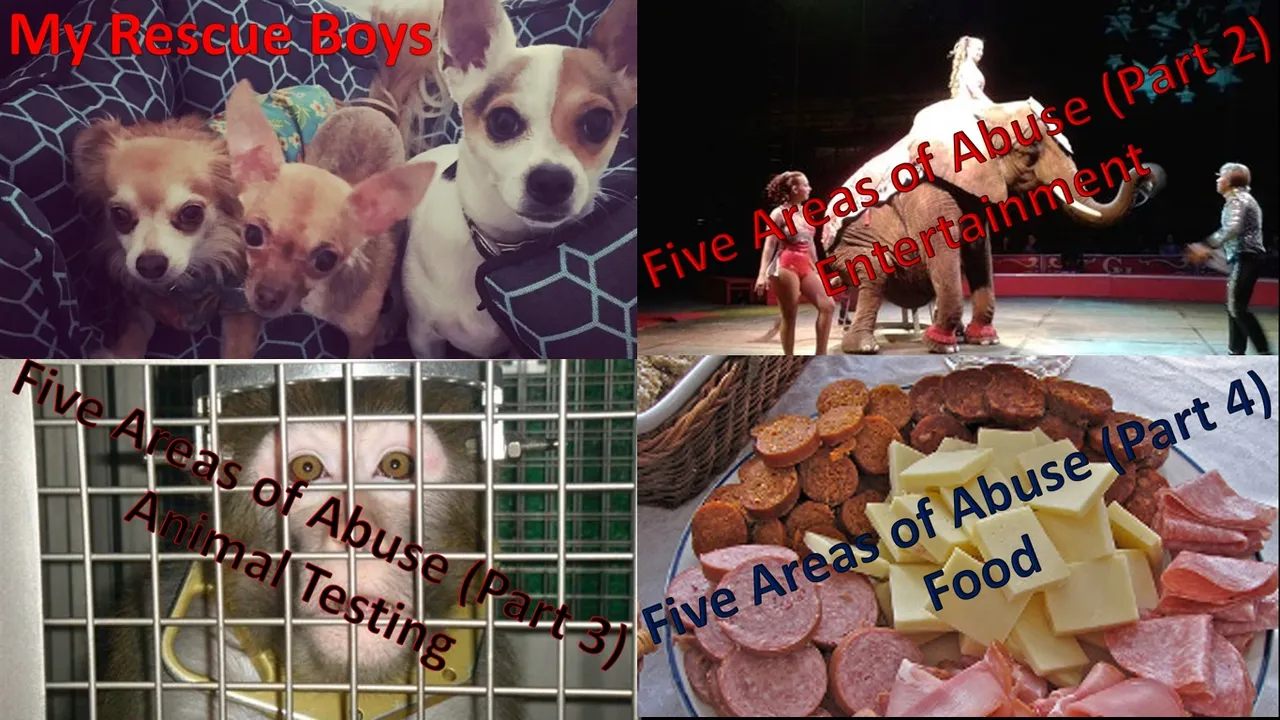
I have provided links to the first 4 parts at the end of the post.
Abuse in the clothing and fashion industries
How clothes are made and what goes into them is something that many people do not spend much time thinking about. Like the four previous areas I have covered, there is plenty of cruelty that goes into making clothes. In this post I will be focusing on the following:
- Fur
- Wool
- Feathers
- Leather
- Silk
Fur
Some animals are trapped and killed for their fur while other animals are reared for it. I’ll start by looking at animals that are reared for their fur.
Farmed for Fur
Animals farmed for fur typically spend most of their lives confined fined to small cages. These animals are often killed using cheap inhumane methods such as suffocation, poison, gas, and electrocution Source.
A large percentage of fur is exported from China. In China animals such as cats and dogs are killed through methods such as bludgeoning, hanging, or being bled to death. Some of these animals are even skinned alive Source.
According to Animal Cruelty Exposure Fund, over 50 million animals are reared and killed on farms for their fur each year. The countries that are the main culprits are Denmark, Finland, Canada, Austria, Ireland, and China Source. There are approximately six thousand fur farms in the European Union Source. The pie chart below shows the countries where mink fur is farmed.
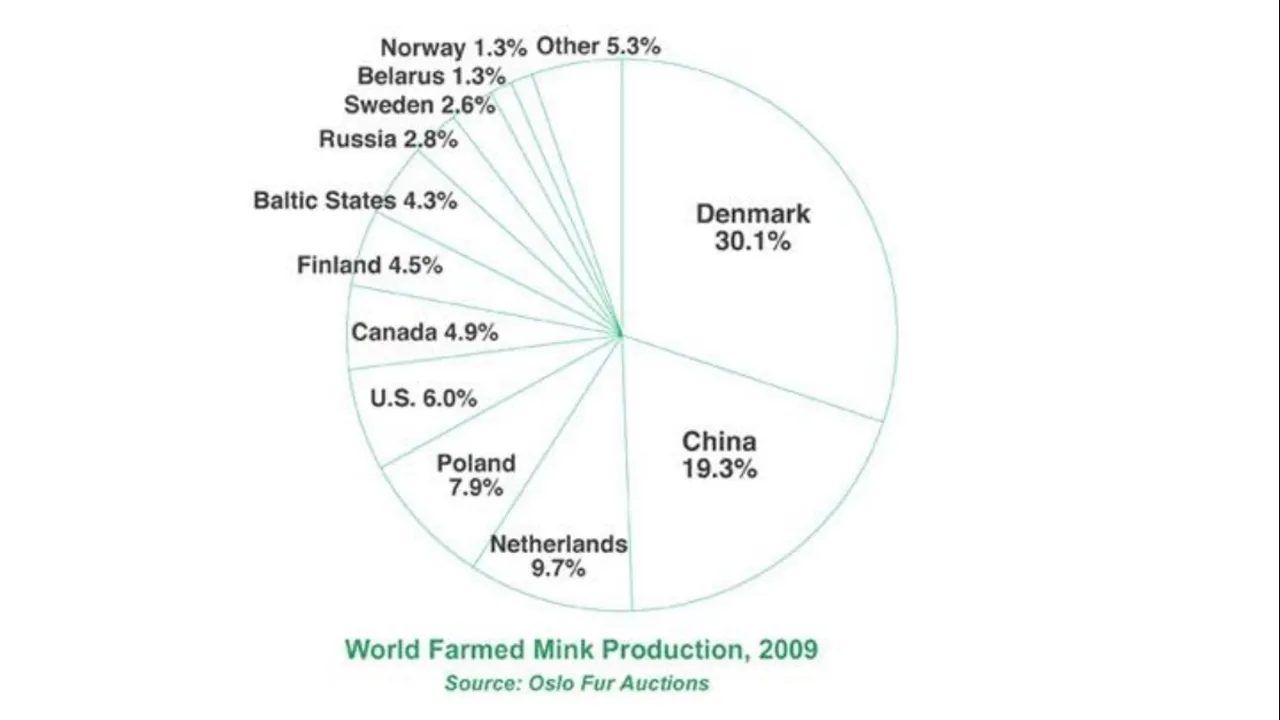
Animals that are hunted and killed
Animals that are trapped in the wild do not have to suffer the miserable existence of those reared for fur but they still, in many cases, suffer a horrible death. After getting trapped, animals can be left for days suffering from shock, blood loss, frostbite, dehydration, gangrene, and attacks by predators Source.
More than 4 million animals are hunted, trapped and killed for their fur in the United States. Source. Animal trapping and killing for fur is common in Canada. In Canada, tens of thousands of seals are brutally killed annually. Black bears are shot or trapped and sometimes suffer for days so that their fur can be used to make the ceremonial hats for the Queen of England’s guards Source.
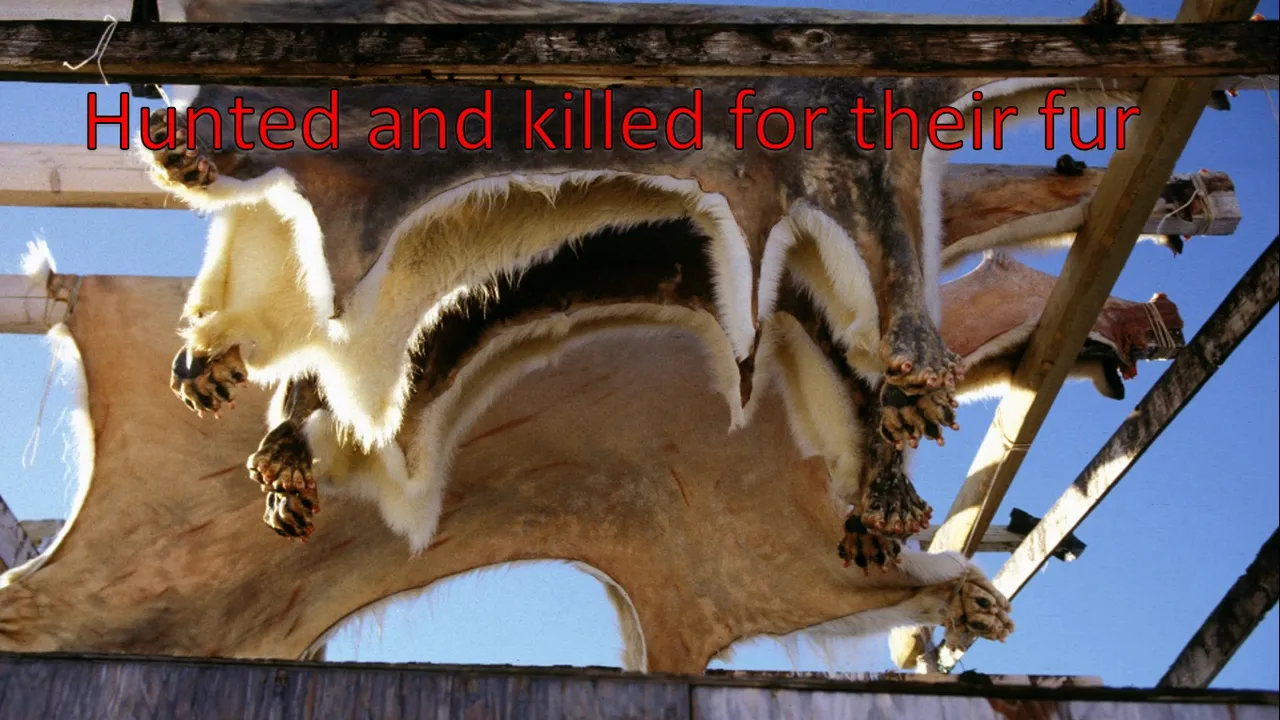
Wool
Wool might sound like a much less cruel alternative to fur. Unfortunately, this is hardly the case. Let’s take a look at sheep. Australia produces 30% of all wool used worldwide. These sheep are kept in large flocks consisting of thousands of sheep. This makes it impossible for the needs of each sheep to be addressed.
A few weeks after birth, lambs have their ears punched and their tails cut-off. Male lambs are castrated without anaesthetic. Many young lambs die because of starvation or exposure. Many sheep die because of disease, neglect and lack of shelter. The high number of deaths just results in further breeding and further cruelty Source.
Sheep shearing itself is cruel. Sheep shearers are paid per sheep rather than per hour. This method of remuneration encourages shearers to rush through the shearing which often harms the sheep. Shearing typically occurs in spring to obtain the wool at its thickest. This leaves the sheep suffering in the cold before summer Source.
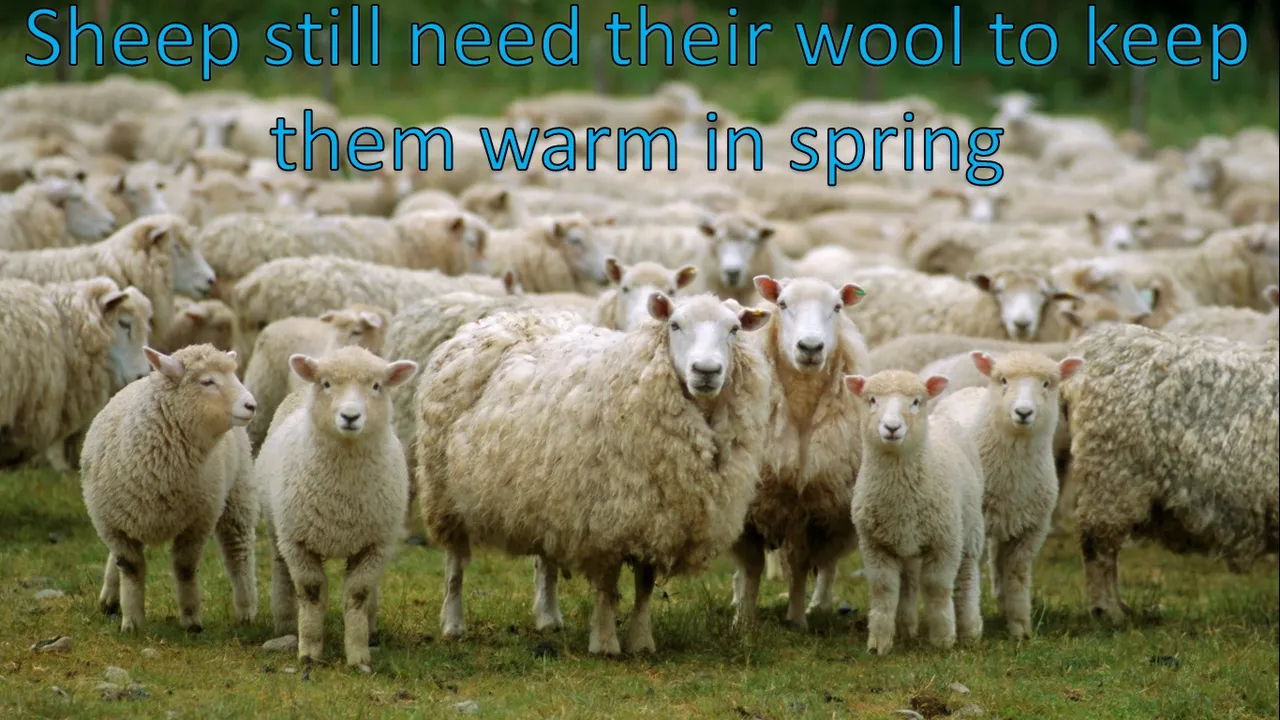
The mohair industry is particularly cruel. Mohair is a long, smooth fibre often used to make jumpers, hats, and different types of fluffy accessories. Mohair is obtained from angora goats. Angora goat kids are dehorned at 1 to 2 weeks of age. This is typically done by burning off their horns with a hot iron or with the use of caustic chemical paste. This approach can cause severe burns and/or blindness. The males are painfully castrated Source.
The shearing of the goats can be very painful. Their legs are tied together and they are pinned to the floor. They are sheared with electric shears or large clippers. The shearing quite often results in injuries and gaping wounds which is also common to sheep shearing Source.
When the goats are no longer able to produce hair to the desired quality, they are killed. This is normally well short of their life expectancy of 10 years.
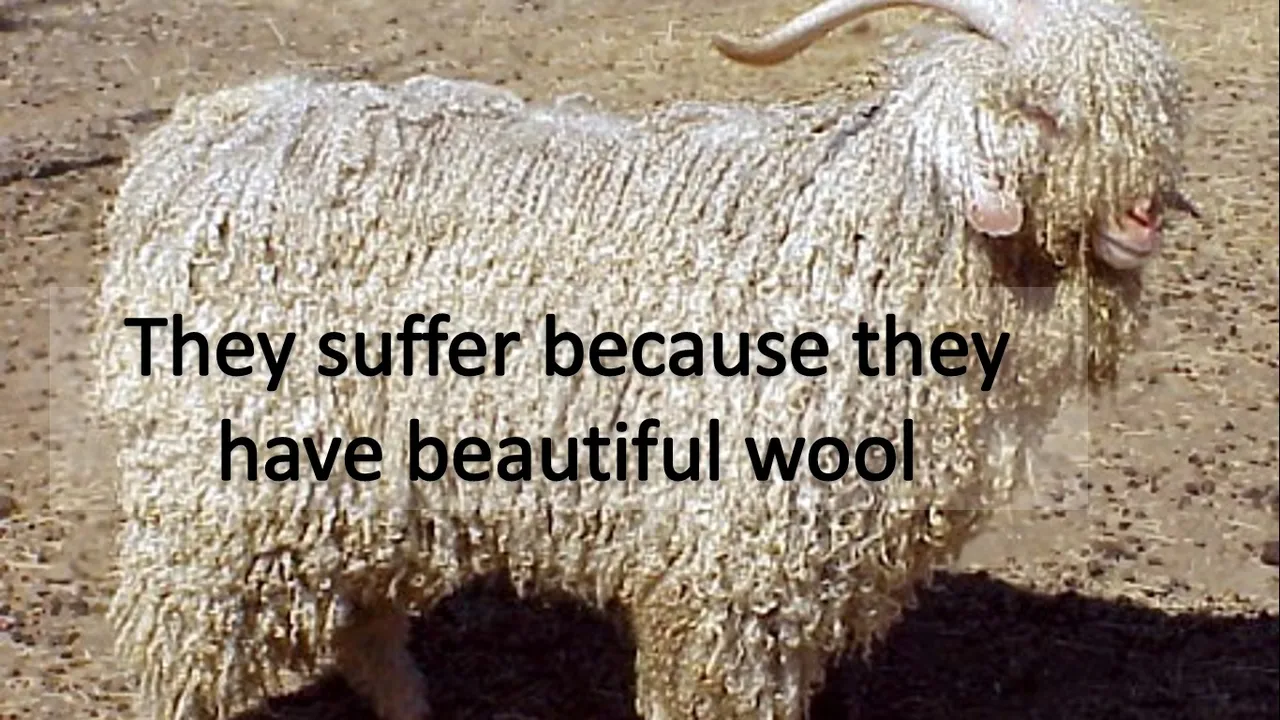
Feathers
Obtaining of feathers for fashion purposes involves cruelty as well. The group of feathers known as the ‘down’ are located close to the bird’s skin. These feathers are softer than the outer feathers and do not have quills. These feathers are highly sort after by the fashion industry in order to make fancy fashion accessories Source.

Ducks and geese are typical victims of the down feathers industry. Most of the time feathers are removed during the killing of these birds. Some ducks and geese are subject to live plucking several times in their lifetime. The plucking can be very painful for the birds Source.
For the birds plucked during slaughter, the experience of plucking can also be very painful. Some of the birds temporarily survive having their throats cut and are then dipped into the boiling water of the defeathering tank while still alive Source.
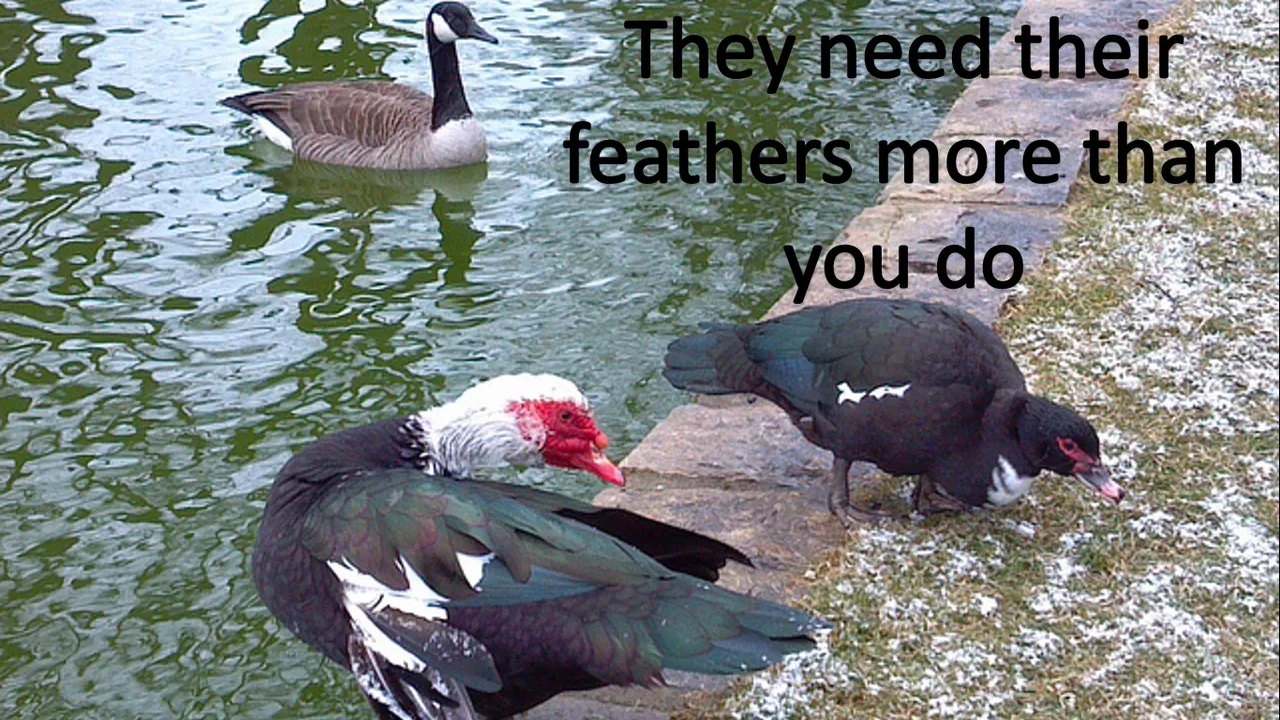
Leather
Leather is typically made from cows, goats, pigs, sheep, and exotic animals. Leather is also not normally labelled, thus making it difficult for buyers to know the origins of the leather. Most leather comes from developing countries such as China and India. These countries have minimal animal welfare laws and most of these laws are not enforced. An investigation of cattle farming in India conducted by the people for the ethical treatment of animals (PETA), revealed that cows are badly abused. They found that workers break the tails as well as rub chili and tobacco into the eyes of exhausted cows in order to get them into the slaughterhouses Source.
Very young calves born into the dairy industry are often killed within 30 days to be made into products for the fashion industry. Even the unborn calves of pregnant cows going to the slaughterhouse are skinned. This skin is sought after because it is softer than the skin of older calves Source.
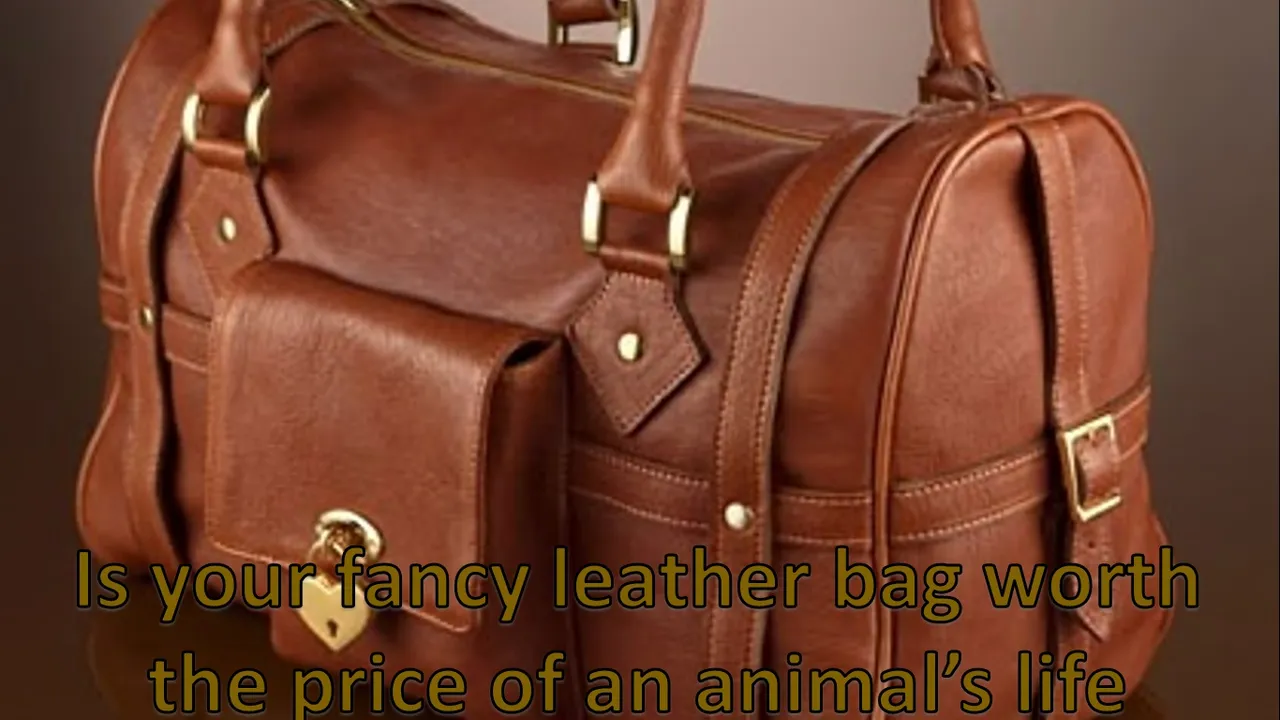
Leather is also more than a by-product of the meat industry. Leather sales make-up a large proportion of the revenue of the meat industry, thus making it more of a co-product. The revenue from leather can be used to support the growth of both the meat and leather industries, thus resulting in more animal deaths and abuse Source.
Animals are often hunted for their leather. In Africa, zebras are hunted for skin and elephants are hunted for their skin and tusks. In the oceans, seals, dolphins, and turtles are killed for their skins. In Australia, kangaroos are hunted for their skins. The young joeys are brutally bludgeoned to death as they are too small to be used for their meat or skin Source.
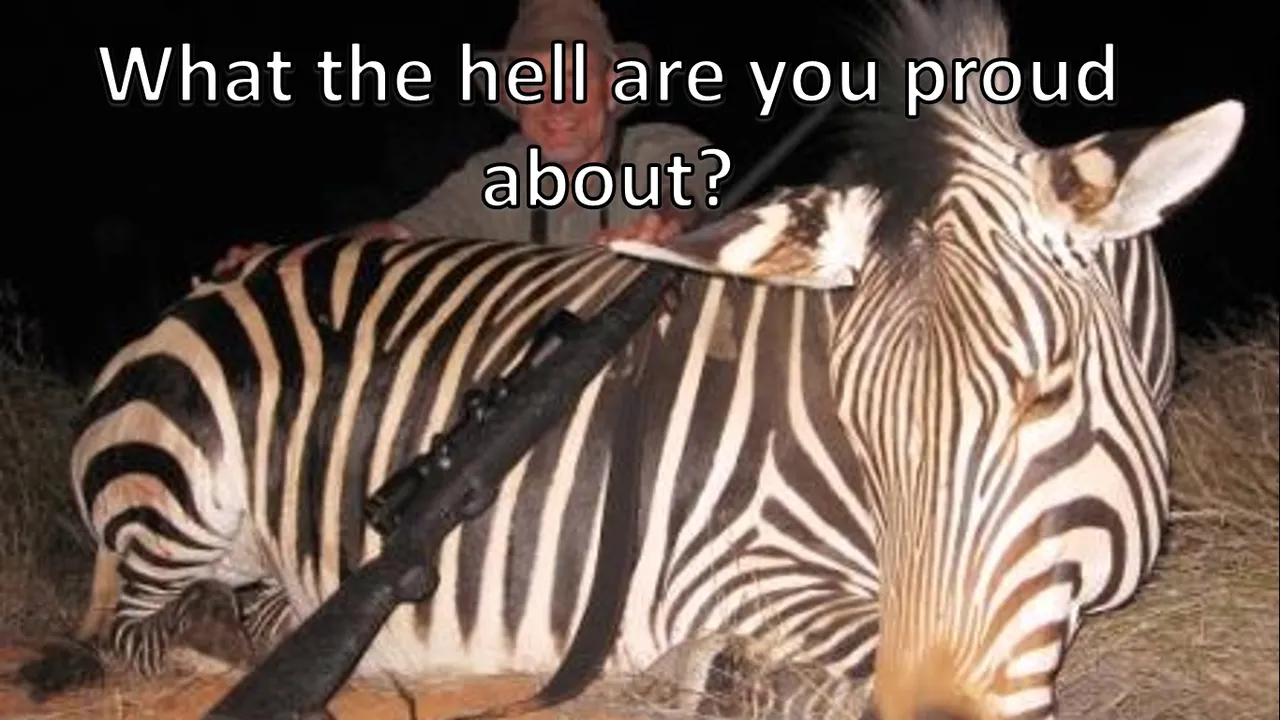
Silk
This one might surprise a few people but obtaining silk is also a cruel practice. Silkworms make their cocoons out of silk. To obtain silk, silk distributors boil silkworms alive inside their cacoons. Based on the silkworm’s physical response, it appears evident that silkworms are sensitive to pain Source.
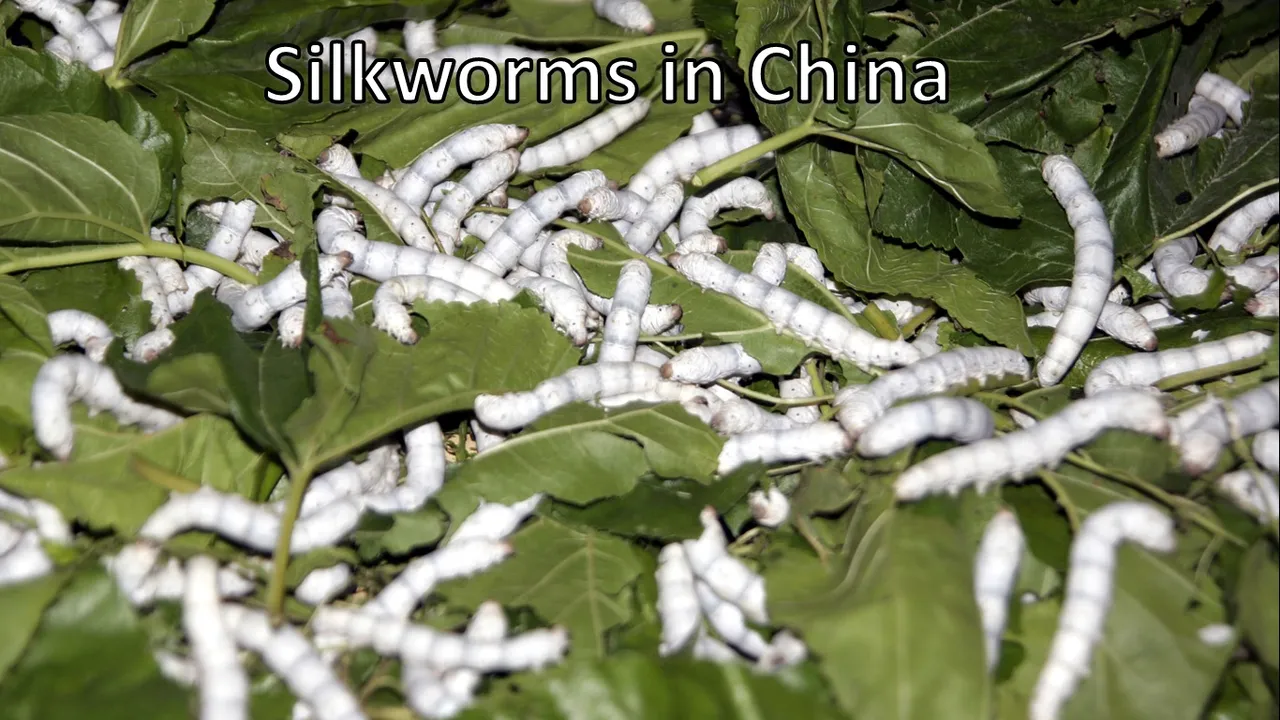
Conclusion
This brings me to the end of Part 5 of my series on the five areas of animal abuse. Writing these posts has been quite a challenge at times. Some of the material I have come across has been quite difficult to read and occasionally the pictures have been quite graphic.
I hope I have been able to bring new information to many of you in regards to how animals are treated in so many different industries. One of the biggest key drivers of this cruelty is money. A combination of large companies exploiting animals for profit, consumers that are uninformed of the cruelty taking place, and governments that either do not care or have vested interests in these industries. I want to believe that people do not want to cause or support cruelty. Hence, I have been writing these posts to help create awareness.
I also want to demonstrate that economics does not have to be used in a way that supports cruelty but can be used to end cruelty. I will make this point clearer as I continue on my vegan economics journey.
If you want to read my other posts, you can access them using the links below.
Part 1 – Pets
Part 2 – Entertainment
Part 3 – Animal Testing
Part 4 – Food
Here are the links to my vegan economics videos. These videos explain the concept of vegan economics. I hope you find them informative.
What is Vegan Economics?
Vegan Economics – Vegoutt Launch Slide Presentation
Vegan Economics Talk at Sea Shepherd Stand Fast Festival Brisbane 2017











